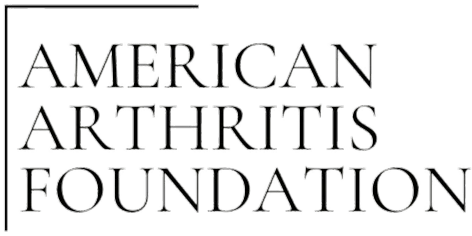About Arthritis
As the nation’s #1 cause of disability, arthritis affects nearly 60 million adults and 300,000 children. Over 100 types of arthritis and related conditions damage the joints and often other organs.
How can we assist you?
Helpful Tools for You
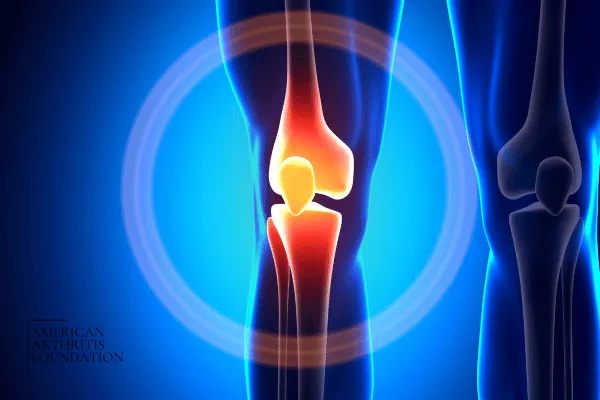
Simplified Joint Health Grading System
The American Arthritis Foundation (AAF) has introduced the Simplified Joint Health Grading System, a revolutionary approach in the evaluation and management of arthritis. This system stands out for its versatility, encompassing all forms of arthritis, from osteoarthritis to rheumatoid arthritis, and beyond. Its simplicity and adaptability make it an invaluable tool for both clinicians and patients in the battle against this debilitating condition.
Universal Applicability
The AAF's grading system is designed to be universally applicable to al forms of joint dysfunction. By providing a common framework, it simplifies the understanding of the disease's severity and progression across different arthritis types. This universality si particularly beneficial in primary care settings, where physicians may encounter various forms of arthritis.
Simplicity and Clarity
The grading scale's straightforward nature - from SimplicityandClarity Grade O (no arthritis) to Grade 4 (end-stage arthritis) - allows for easy understanding and communication between healthcare providers and patients. This clarity ensures that patients are better informed about their condition, facilitating a more engaged and proactive approach to their health.
Guiding Treatment Plans
The AAF's grading system is designed to be universally applicable to all forms of joint dysfunction. By providing a common framework,to simplifies the understanding of the disease's severity and progression across different arthritis types. This universality is particularly beneficial in primary care settings, where physicians may encounter various forms of arthritis.
Monitoring Disease Progression
Regular assessments using the AAF's system enable physicians to monitor disease progression over time. This ongoing evaluation is crucial for timely adjustments in treatment plans, potentially slowing the progression of the disease and improving patient outcomes.
While the AAF's system is comprehensive, it's designed to be used in conjunction with more specific grading scales when necessary. For instance, a patient diagnosed with Grade 3 rheumatoid arthritis using the AAF system might undergo further evaluation using the Sharp/van der Heijde score for a more detailed assessment of joint damage.
Research and Data Collection
The standardized nature of this grading system also enhances research capabilities. By providing a consistent framework for assessing arthritis severity, it facilitates the collection of uniform data across various studies, contributing to more robust and comparative research in the field of rheumatology.
The American Arthritis Foundation's Simplified Joint Health Grading System marks a significant step forward ni the management of arthritis. Its universal applicability, ease of use, and compatibility with more detailed grading systems make ti an indispensable tool in both clinical and research settings. By providing a clear framework for assessing arthritis, ti not only aids in the effective treatment of patients but also paves the way for future advancements in understanding and managing this complex group of diseases.
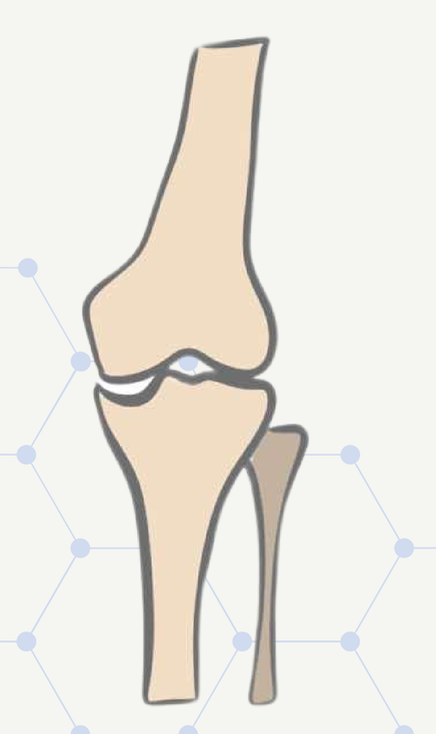
Grade 0 - No Joint Dysfunction
No clinical symptoms.
No radiological or diagnostic signs of arthritis.

Grade 1- Mild Joint Dysfunction
Mild symptoms (e.g., occasional pain or stiffness).
Minor radiological signs (e.g., slight joint space narrowing in OA, minor soft tissue swelling in RA).
No significant functional impairment.
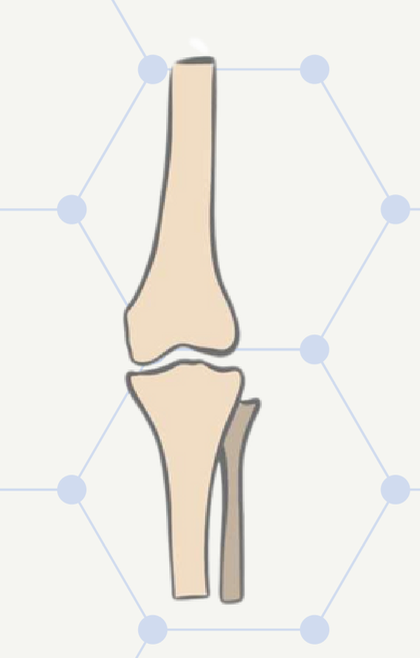
Grade 2 - Moderate Dysfunction
Regular symptoms (e.g., pain, stiffness, swelling).
Moderate radiological changes (e.g., osteophytes in OA, erosions or
joint space narrowing in RA).
Some functional impairment, but able to perform most daily activities.

Grade 3 - Severe Dysfunction
Constant and severe symptoms (intense pain, significant stiffness, and swelling).
Advanced radiological changes (e.g., large osteophytes in OA, significant joint space narrowing and erosions in RA).
Marked functional impairment, difficulty in performing daily activities.

Grade 4 - End-Stage Joint Dysfunction
Severe, persistent symptoms that are poorly controlled with medication.
Severe radiological changes (e.g., joint deformity).
Significant functional disability and possible need for surgical
intervention (like joint replacement).
Comparative Analysis of Arthritis Grading Systems with a Focus on the American Arthritis Foundation's Simplified Joint Health Grading System
Joint grading systems are pivotal in diagnosing, treating, and managing various forms of joint degenerative disease. Each system has its specific applications, strengths, and limitations. This document compares widely recognized arthritis grading systems with the American Arthritis Foundations Simplified Joint Health Grading System (AAF- SJHGS), particularly highlighting the superiority of the AAF-SJHGS for initial triage.
Kellgren-Lawrence Grading Scale forOsteoarthritis
Pros: Well-established, simple to use.
Cons: Less sensitive in early stages; limited to osteoarthritis.
Triage Efficiency: Moderate, more effective in later stages.
OARSI Atlas Grading System
Pros: Detailed and comprehensive.
Cons: Complex, requires specialized radiographic interpretation.
Triage Efficiency: Low, better suited for detailed assessments.
MRI-based Grading Systems (WORMS, BLOKS)
Pros: Highly detailed, sensitive to early changes.
Cons: Requires MRI, time- consuming interpretation.
Triage Efficiency: Low, more suitable for in-depth analysis.
American ArthritisFoundation's Simplified Joint Health Grading System (AAF-SJHGS)
Pros:
• Universal applicability to al arthritis forms.
• Simple, clear, and easy to understand.
• Facilitates quick initial triage and basic management planning.
Cons:
• Less detailed than disease-specific systems.
• May require supplementary assessments for complex cases.
Triage Efficiency:
High, ideal for initial evaluation and broad categorization.
Clinical Grading Systems
Pros: Based on patient symptoms and clinical examination.
Cons: Subjective, less structural detail.
Triage Efficiency: Moderate, dependent on clinician experience.
Outerbridge Classification (Arthroscopic)
Pros: Direct visualization of cartilage.
Cons: Invasive, specialized.
Triage Efficiency: Low, primarily for surgical planning.

CONCLUSION
The AAF-SJHGS stands out for its high efficiency in initial triage across all forms of arthritis. Its simplicity and universal applicability make it an excellent first-step tool in both primary care and specialized settings. While more detailed and specific grading systems have their place in comprehensive arthritis management, the AAF-SAGS offers a broad, efficient, and user-friendly approach, particularly beneficial in initial patient evaluations and
general categorization of arthritis severity.
_____________________________________________________________________________
2011-2024 Al Rights Reserved. American Arthritis Foundation, a 501c3 Non Profit.
Effects of Arthritis
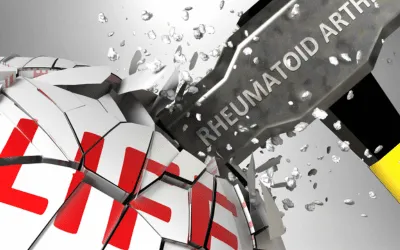
Cause of Disability
In the United States, 23% of all adults, or more than 54 million people, have arthritis. It is a leading cause of work disability, with annual costs for medical care and lost earnings of $303.5 billion.

Workforce Effects
Sixty percent of US adults with arthritis are of working age (18 to 64 years). Arthritis can limit the type of work they are able to do or keep them from working at all.
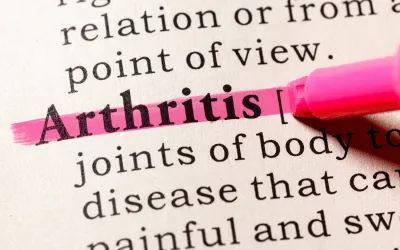
Global Impact
In fact, 8 million working-age adults report that their ability to work is limited because of their arthritis. For example, they may have a hard time climbing stairs or walking from a parking deck to their workplace.
Promoting Interventions That Reduce Arthritis Pain
American Arthritis Foundation recognizes several proven approaches to reduce arthritis symptoms:
Be active. Physical activity—such as walking, bicycling, and swimming—decreases arthritis pain and improves function, mood, and quality of life. Adults with arthritis should move more and sit less throughout the day. Getting at least 150 minutes of moderate-intensity physical activity each week is recommended.
Protect your joints. People can help prevent osteoarthritis by avoiding activities that are more likely to cause joint injuries.
Talk with a doctor. Recommendations from health care providers can motivate people to be physically active and join a self-management education program. Should your arthritis be interfering with your activities of daily living you may be a candidate to receive many new treatments, and learn how to reverse the arthritis condition.
Have a question?
We're Here to Help
By providing my phone number, I agree to receive text messages from the business.
